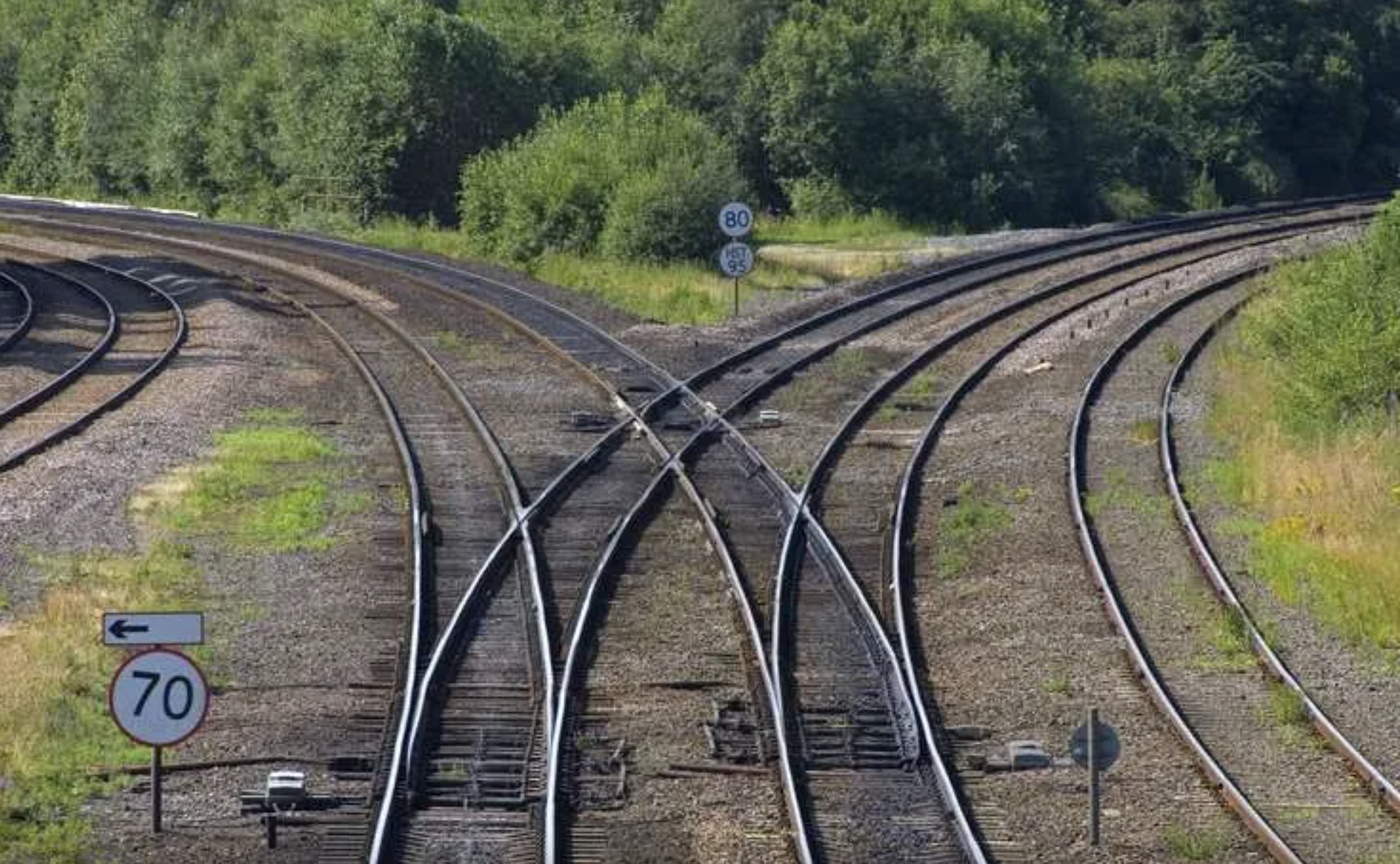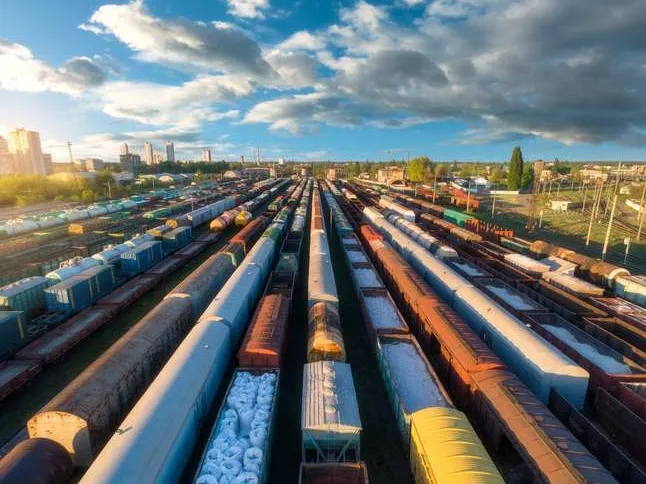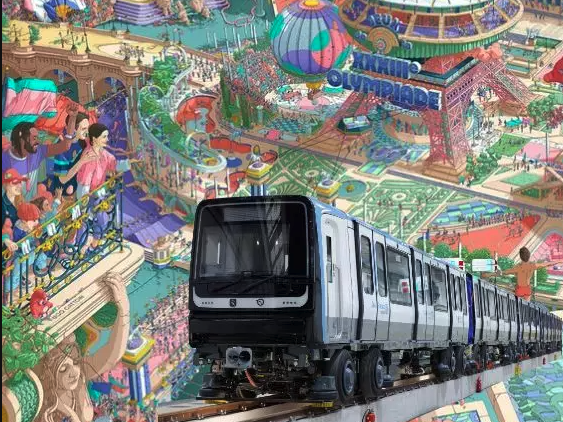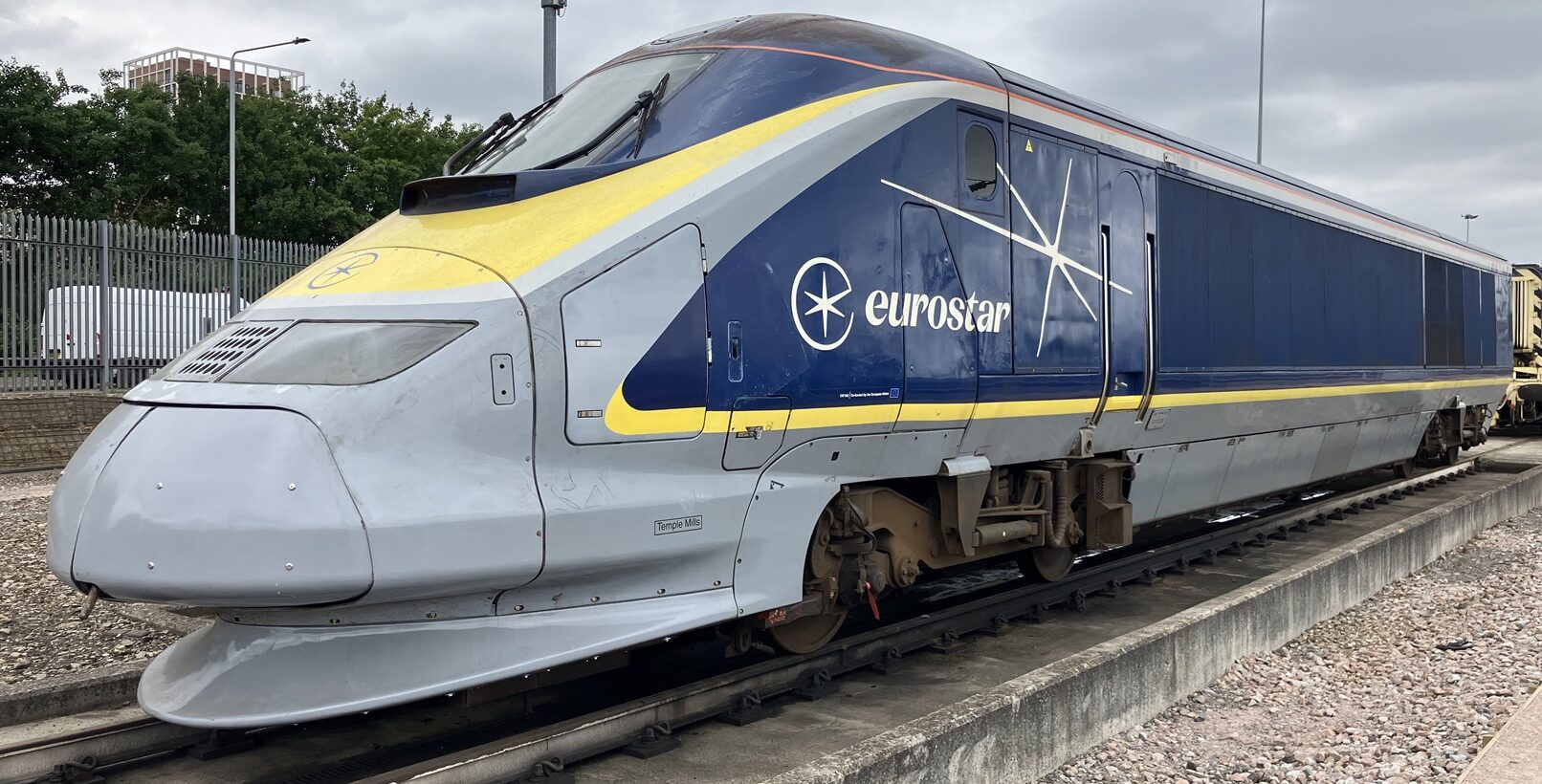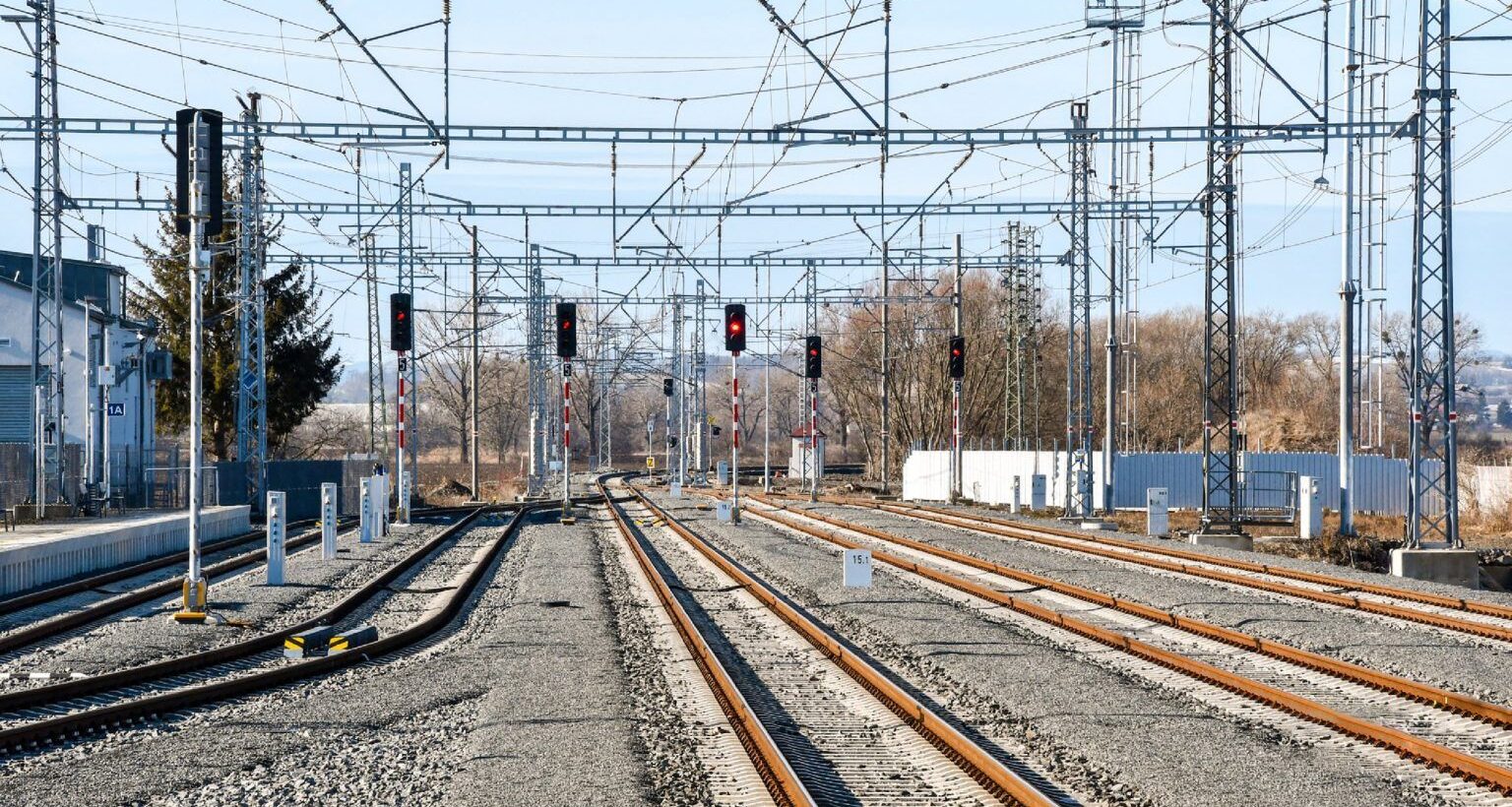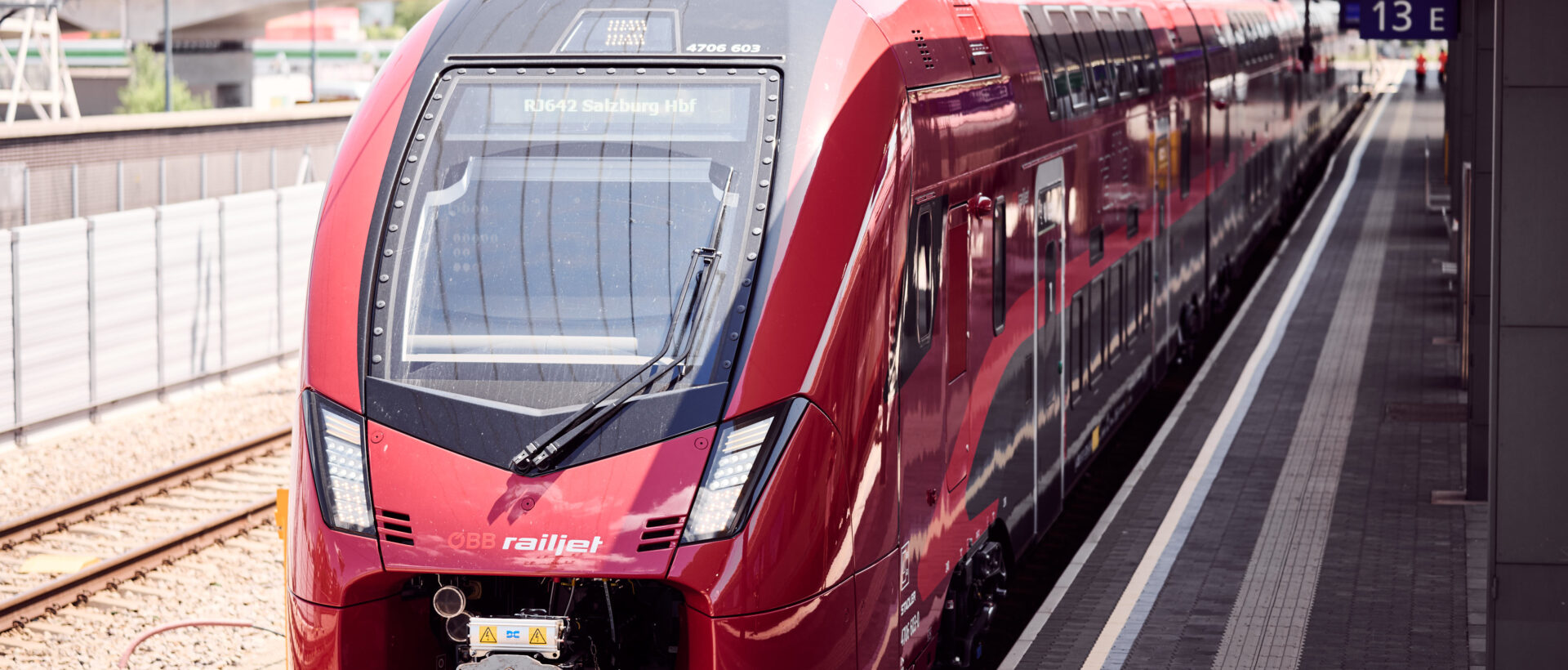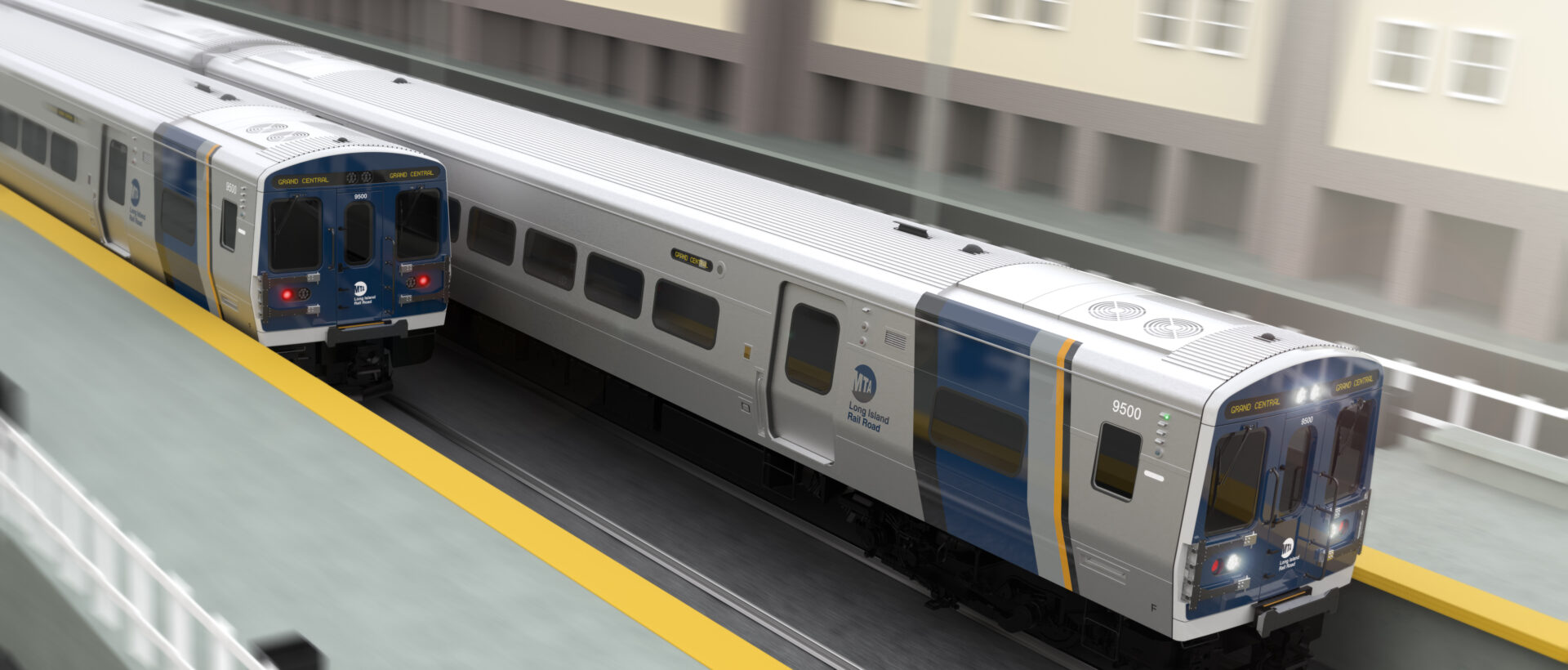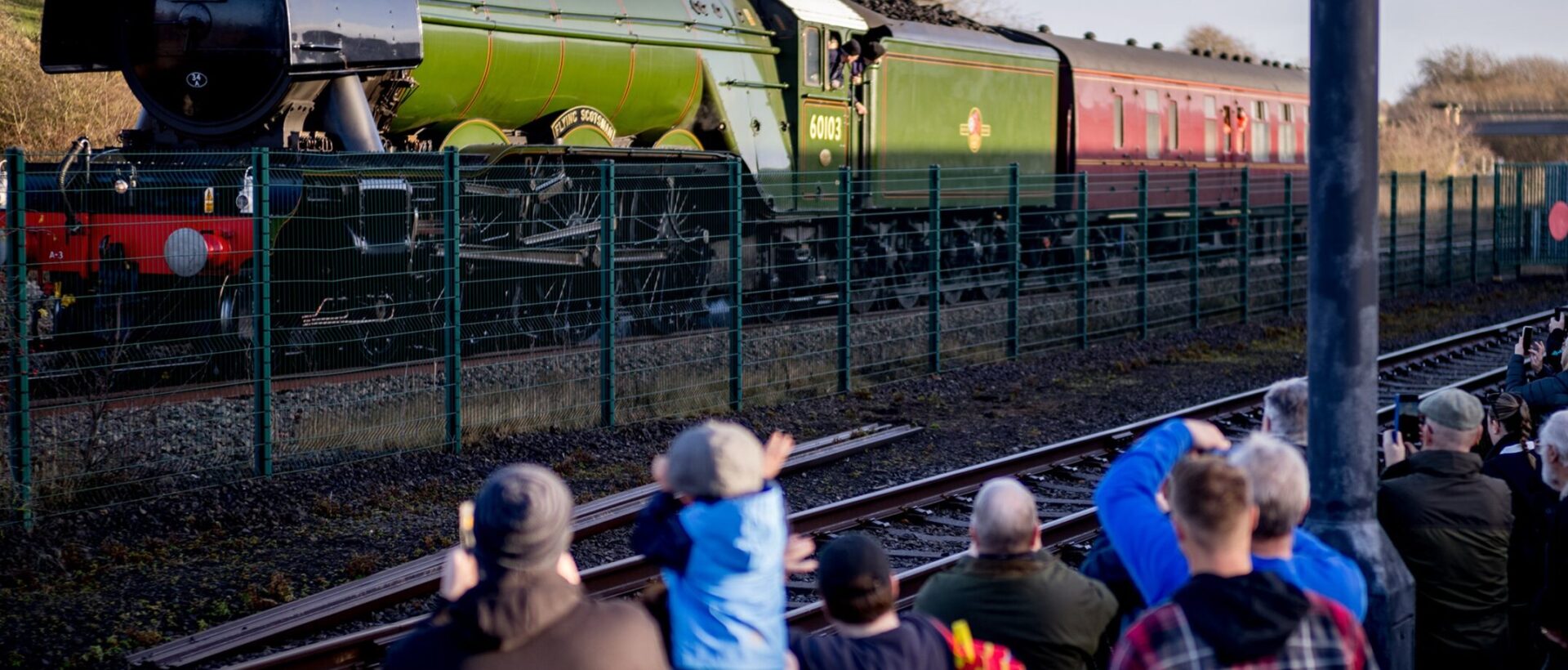The rail yard is at the heart of a thriving railway system. It’s where cargo and locomotives converge, where swift decisions are made, and where efficiency drives growth.
Yet, as industries evolve and global demands increase, rail yards must modernize to keep pace. Bold transformation isn’t just a strategic option—it’s an imperative for staying competitive.
Rail yard modernization is the gateway to creating faster, smarter, and more adaptable systems. With advancements in technology, infrastructure, and operational strategies, today’s rail yards have the opportunity to set a new standard for innovation and excellence. Here’s how forward-thinking leaders are reimagining these spaces to achieve operational brilliance.
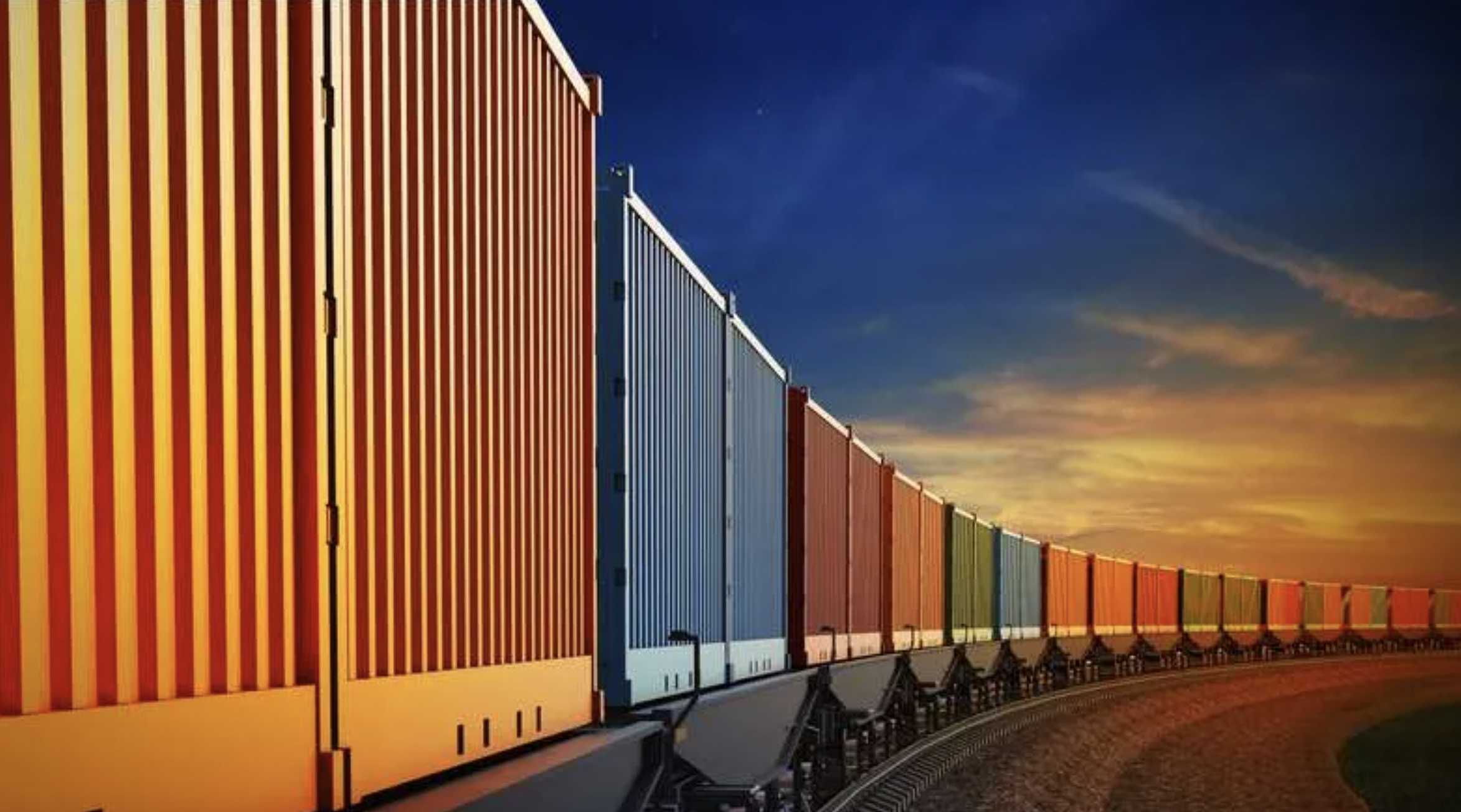
Why Modernizing Rail Yards Matters
Modernizing rail yards is more than an infrastructure improvement—it’s an investment in the future of transportation and logistics. Outdated systems lead to inefficiencies, delays, and higher operation costs. By upgrading and adapting to modern demands, rail yards can:
- Enhance Efficiency – Streamline operations and minimize delays.
- Improve Capacity – Handle larger volumes of cargo with ease.
- Boost Sustainability – Adopt eco-friendly technologies for a greener future.
- Strengthen Competitiveness – Meet rising demands and edge out competitors.
The rail industry stands on the cusp of unprecedented growth, and modernization is the key to seizing this opportunity. Rail yard upgrades aren’t just about keeping up—they’re about leading the way.
Key Modernization Strategies for Rail Yards
1. Infrastructure Upgrades
Strong foundations lead to unstoppable progress. Infrastructure improvements are at the core of rail yard modernization. This includes:
- Efficient Track Layouts: Redesigning tracks to increase throughput and reduce congestion.
- Automated Switches: Implementing devices that can adjust track direction without requiring manual intervention.
- Advanced Signaling Systems: Enhancing coordination and communication for flawless operations.
These upgrades aren’t merely additions; they’re a transformation of how rail yards function at their core.
2. Adopting Cutting-Edge Technology
The digital revolution is rewriting the playbook for rail yards. Technology upgrades allow for faster decisions, smarter systems, and unparalleled reliability. Integrating the following tools can truly elevate operations:
- Data Analytics: Predict maintenance, optimize scheduling, and monitor real-time performance across the yard.
- Automated Equipment: Use autonomous cranes or loaders for precision handling of cargo.
- IoT Sensors: Track cargo conditions, locomotive performance, and yard activity in real-time.
It’s not just about technology for the sake of innovation; it’s about technology that delivers tangible results, transforming how rail yards operate and excel.
3. Enhancing Worker Safety
No modernization effort is complete without prioritizing people. Worker safety is a critical component of any infrastructure upgrade. Rail yards that integrate these measures show their commitment to creating safer environments:
- Wearable Tech: Implementing devices that monitor health or signal worker safety concerns.
- Improved Layouts: Ensuring safe distances between high-risk zones and operational hubs.
- Smart Alarms and Monitoring Systems: Using AI to detect risks and immediately alert teams.
A safe workforce is a productive workforce. Modernized rail yards thrive when their people thrive.
4. Optimizing Cargo Flow
The lifeblood of any rail yard is its cargo. Upgrades focusing on cargo processing and flow create unshakeable links in the supply chain. Strategies to optimize this include:
- Dynamic Cargo Routing: Using AI to manage and reroute shipments for faster delivery times.
- Improved Loading/Unloading Areas: Designing spaces to minimize waiting times and maximize throughput.
- Real-Time Tracking: Offering seamless cargo tracking for clients to bolster transparency and reliability.
A streamlined approach to cargo movement positions rail yards at the apex of efficiency and customer satisfaction.

